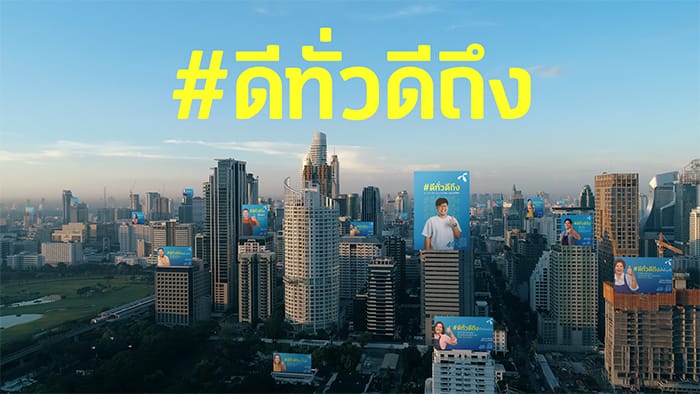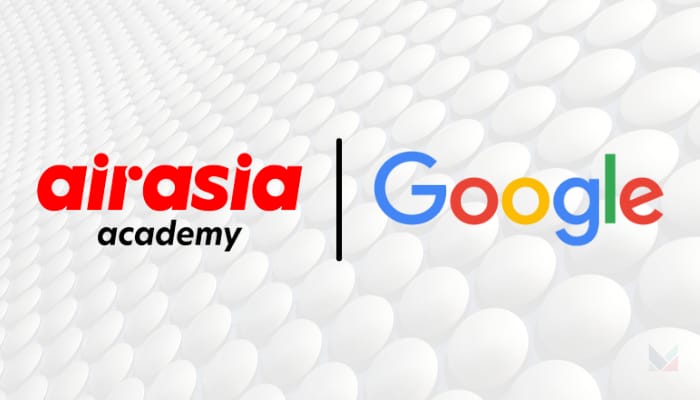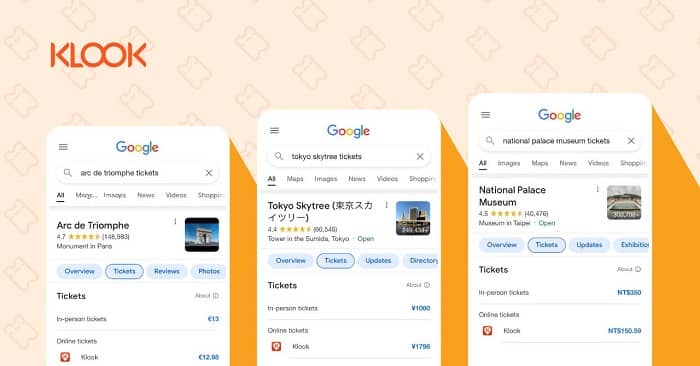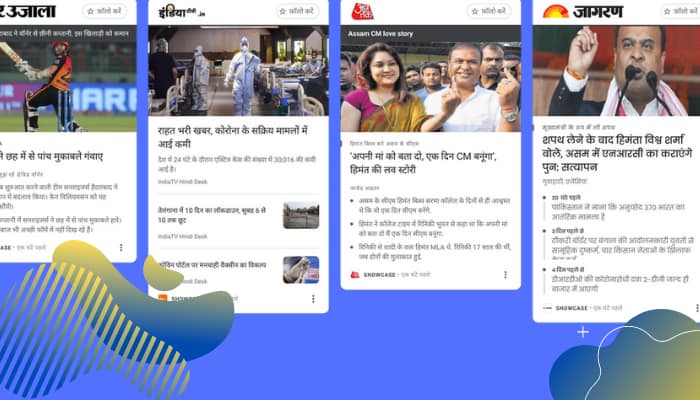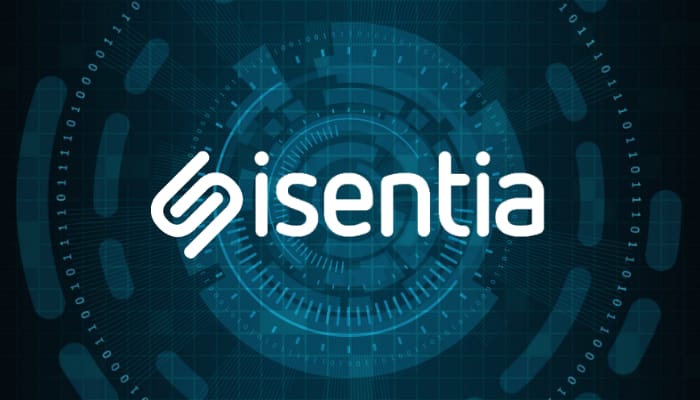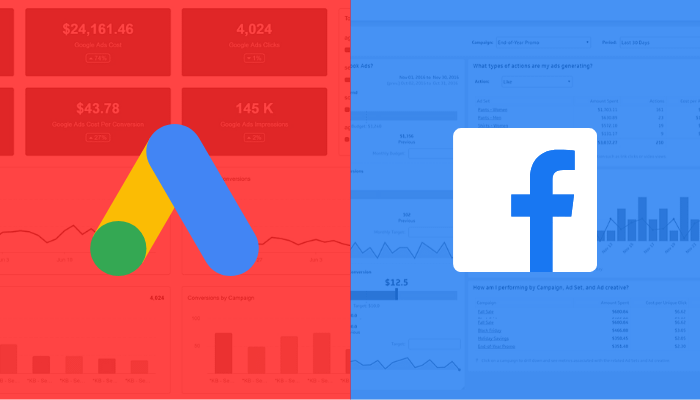Australia – It’s that time again to review what has been – the good, the bad, and the exciting – in the year that’s past. What people are searching on the internet has always been a top indicator of the issues and trends that are currently keeping them on their toes, and in the case of vibrant and diverse Aussies, pandemic remains to be the top tenant of their mindspace.
How to get a vaccination certificate and how to make a DIY face mask emerged as some of the leading searches in the ‘How to’ category, showing how the pandemic not seeing its definitive end this year continues to keep Aussies busy on making the best of the health crisis.
Aside from the pandemic, Google found four more emerging themes in the searches of Australians over 2021 such as sports, DIY projects, world events, and home cooking.

Sports-loving Aussies can’t help to relish this interest with the top seven queries overall relating to basketball, footy, cricket, tennis, and the Olympics. Meanwhile, more time indoors made Aussies more comfortable exploring DIY projects where top ‘How to’ and DIY searches relate to curiosity in playing with candles, playdough, and paper boats. The pandemic dampening opportunities to meet people in person have made it up to themselves to break monotony day-to-day, showing keenness to explore classes in dance, pottery, piano, and even glass blowing.
This year, Aussies were boggled with both local and world events, trying to be up to speed with the earthquake in Melbourne and the crisis in Afghanistan. The top searches also showed Aussies had been very interested in learning more about worldly concepts with search for terms emancipated, insurrection, and gaslighting leading the list.
On a lighter note, the domination of home cooking during the lockdown-heavy period didn’t leave Aussies behind. Aussies’ palate showed cravings for guacamole and tzatziki recipes with curried sausages coming up as an unexpected trend. Searches also demonstrated that Aussies returned to classic comfort food, craving gnocchi, lamb shanks, and minestrone soup, squeezing in their love for sweets with searches pointing to Anzac biscuits and rocky road.
Overall, the top five searches by Aussies in 2021 were NBA, AFL, Australia vs India, NRL, and Euro 2021.
Grouped per category by Google, here is the full list of the top searches in Australia for 2021:
Overall searches
- NBA
- AFL
- Australia vs India
- NRL
- Euro 2021
- Wimbledon
- Olympic medal tally
- COVID NSW
- Coinspot
- Prince Philip
News events
- COVID NSW
- Cleo Smith
- QLD COVID update
- Alec Baldwin
- Coronavirus Victoria
- William Tyrrell
- Bert Newton
- Christian Porter
- Afghanistan
- Melbourne earthquake
News events
- COVID NSW
- Cleo Smith
- QLD COVID update
- Alec Baldwin
- Coronavirus Victoria
- William Tyrrell
- Bert Newton
- Christian Porter
- Afghanistan
- Melbourne earthquake
Global figures
- Alec Baldwin
- Rita Ora
- Travis Scott
- Kyle Rittenhouse
- Adele
- Naomi Osaka
- Pete Davidson
- Simone Biles
- Tiger Woods
- Emma Raducanu
Loss
- Prince Philip
- Gabby Petito
- Bert Newton
- Brian Laundrie
- Sean Lock
- Michael Gudinski
- Sarah Everard
- Carla Zampatti
- Helen McCrory
- Larry King
Sport
- NBA
- AFL
- Australia vs India
- NRL
- Euro 2021
- Wimbledon
- Olympics
- Australian Open
- EPL
- French Open
Recipe(s)
- Gnocchi recipes
- Guacamole recipe
- Curried sausages recipe
- Anzac biscuits recipe
- Negroni recipe
- Lamb shank recipe
- Brussels sprouts recipes
- Minestrone soup recipe
- Rocky road recipe
- Tzatziki recipe
‘How to…?’
- How to get vaccination certificate
- How to tie a tie
- How to deliver uber eats
- How to buy dogecoin
- How to watch olympics australia
- How to book COVID vaccine
- How to watch euro 2021 in australia
- How to link medicare to mygov
- How to book pfizer vaccine
- Million dollar vax how to enter
‘How to make…?’ DIY queries
- How to make a face mask
- How to make candles
- How to make playdough
- How to make a paper plane
- How to make a chatterbox
- How to make a website
- How to make slime without glue
- How to make a paper boat
- How to make fake blood
- How to make oxygen
Classes and lessons
- Dance classes near me
- Swimming lessons near me
- Driving lessons
- Pottery classes
- Swimming classes for kids near me
- Art classes near me
- Guitar lessons near me
- Piano lessons near me
- Zumba classes near me
- Glass blowing classes
Meanings and definitions
- Emancipated meaning
- Insurrection meaning
- Gaslighting meaning
- NAIDOC meaning
- NFT meaning
- Omicron meaning
- Frigid meaning
- Narcissist meaning
- ROC meaning
- Sedition meaning



